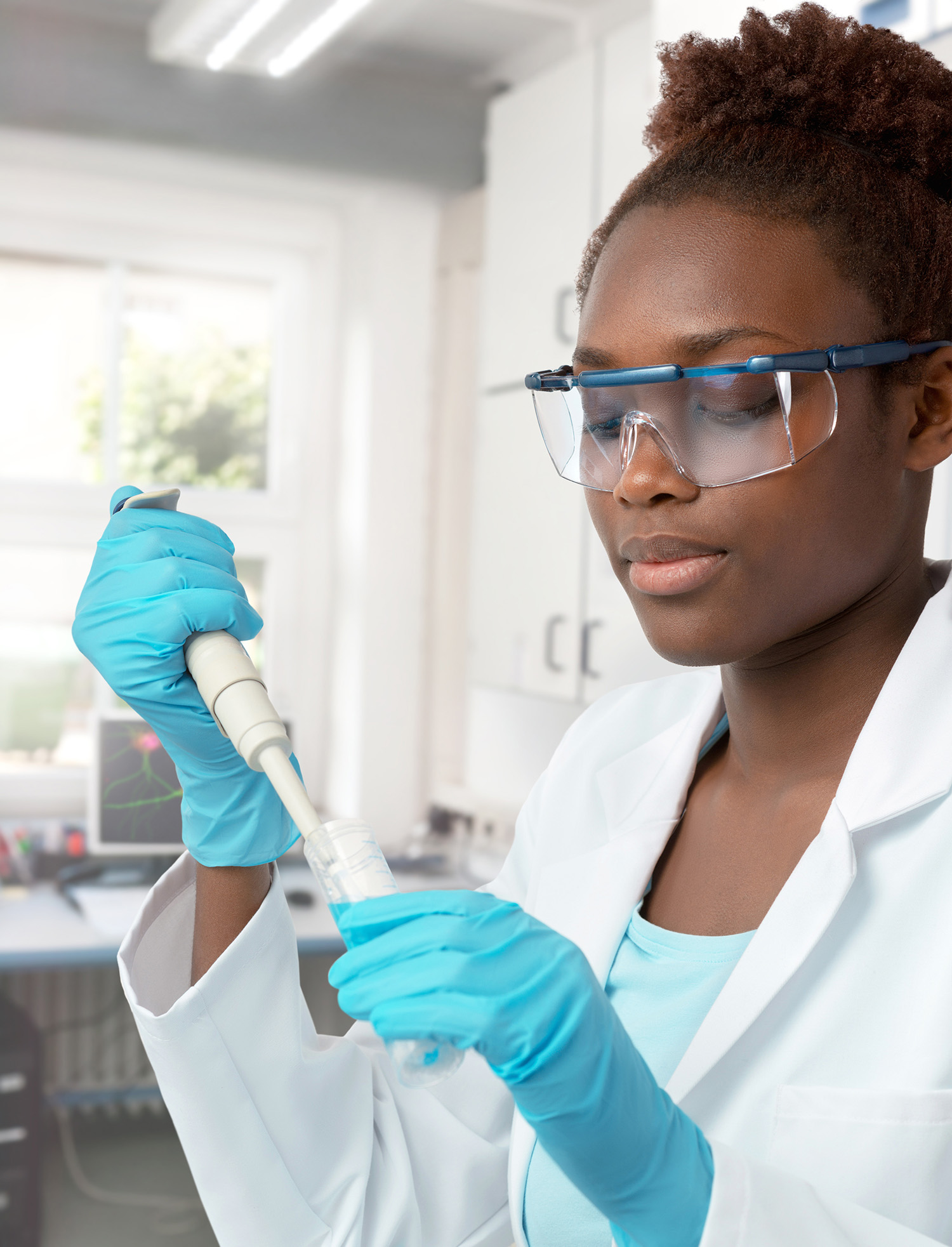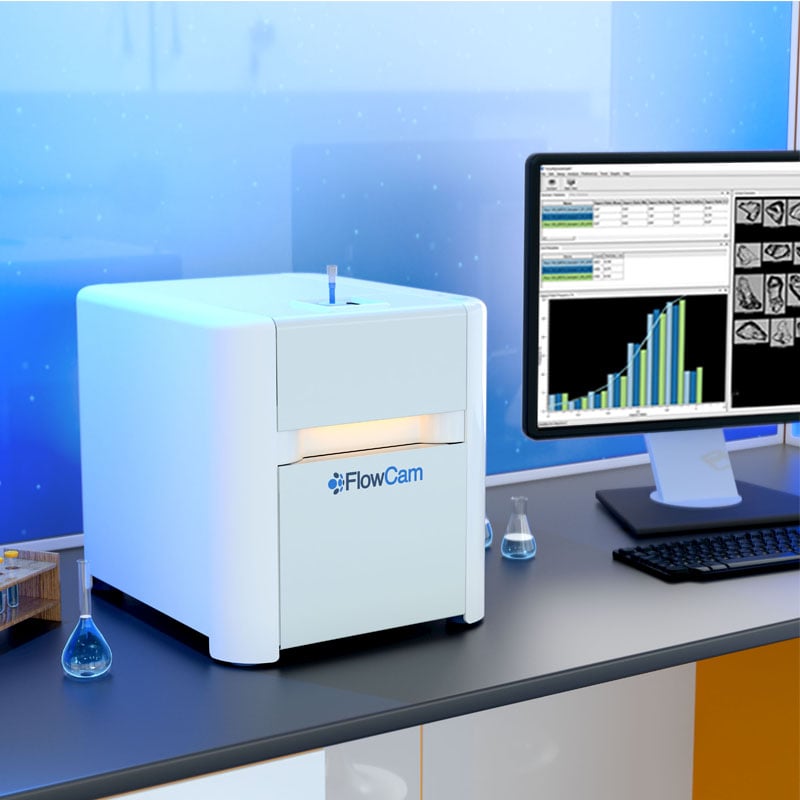
Grown from human pluripotent stem cells (iPSCs), organoids are three-dimensional (3D) cell clusters that form miniature organ-like structures. …
Read Post
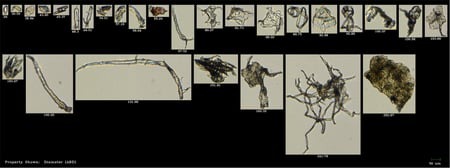
Microplastics are ubiquitous. They result from the breakdown of larger plastic waste (plastic bottles, bags, straws, glitter, fishing nets, …
Read Post

Harmful algal blooms (HABs) are natural phenomena that seriously affect ecosystems, human health, and local economies. While algae are essential …
Read Post

FlowCam customers frequently ask us how to optimize analysis of Microcystis, a globally pervasive colonial cyanobacteria (blue-green algae) which is …
Read Post

Particle characterization plays a crucial role in fields like pharmaceuticals, environmental science, and material engineering. While particle size …
Read Post
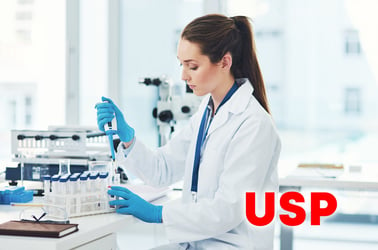
Subvisible particles (those 2-100 μm in diameter) in protein, cell, and gene therapies and other parenteral drug products pose risks to the safety …
Read Post

NASA Goddard Space Flight Center’s Ocean Ecology Laboratory Field Group is mapping and monitoring the world’s oceans using satellite-based ocean …
Read Post
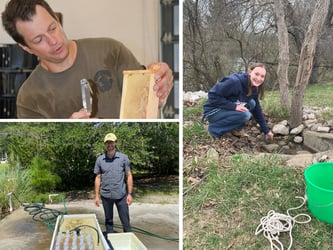
The FlowCam Aquatic Research Grant was first offered in 2011 and since then has provided students and educators with the opportunity to use flow …
Read Post
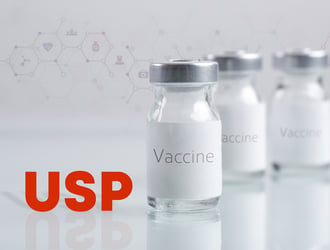
All biotherapeutics contain particulate matter, defined by the United States Pharmacopeia (USP) as mobile undissolved particles that are …
Read Post
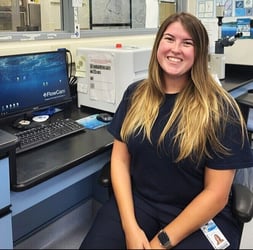
We recently hosted FlowCam customer Katharine McNaught of the PVWC to present a webinar on how she is using FlowCam to help monitor community …
Read Post
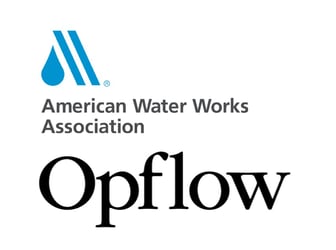
A successful HAB monitoring program should answer key questions that allow lake/reservoir managers to determine the next best course of action: What …
Read Post
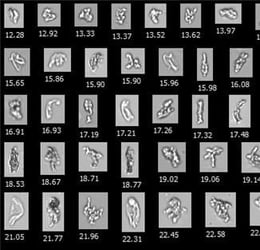
Light obscuration (LO) is the compendial method for quantifying subvisible particles (SVPs) in injectable drugs, harmonized across the US …
Read Post
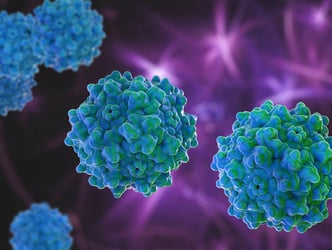
Adeno-associated viruses (AAVs) have shown promise as vectors for gene therapy due to their non-pathogenic nature and effective infectivity for a …
Read Post


